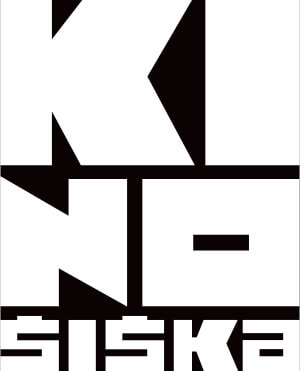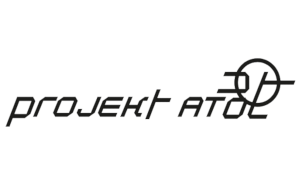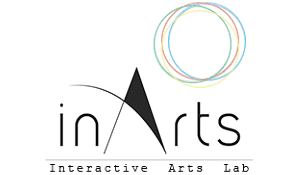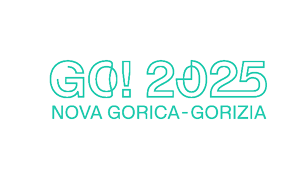In 2024, one of the most significant acts in my creative practice was two days spent at 'Groundswell', The Regenerative Agriculture Festival at Lannock Farm, Hertfordshire.
The Groundswell Festival provides a forum for farmers, growers, or anyone interested in food production and the environment to learn about the theory and practical applications of 'regenerative farming' systems, including no-till, cover crops and re-introducing livestock into the arable rotation, to improve soil health.
Attending the conference strengthened my focus on the relationship between land, soil, and our ecosystem. Since then, I have begun to develop work that reflects what I have understood and further explored, making biologically based figures using PLA, Polylactic Acid, a biodegradable thermoplastic polyester derived from renewable resources like corn starch or sugarcane. The works Pick Up and A River Runs Through try to reflect how closely we are associated with the biome that lives in the soil.
Andrew Carnie is an internationally exhibiting contemporary visual artist practising in the UK. His main concerns focus on the interface of art and science, often working in collaboration with scientists, though not exclusively. His approach is media agnostic, using methodologies and media as informed by the context, concepts, and concerns. Drawing, painting, and sculpting have an enduring place in his practice, but video, projection, and installation are his primary strengths. He creates environments that are endlessly fascinating around subjects, like heart transplants, metabolism, and neurological conditions that intrigue him, and engage audiences in how we see ourselves through the world of science.
Recent work has been shown at the Fundación Telefónica, Madrid. the CCCB, Barcelona, Brain Observatory, RSU Anatomical Museum, Riga, and Spencer Museum, Kansas.
Back








